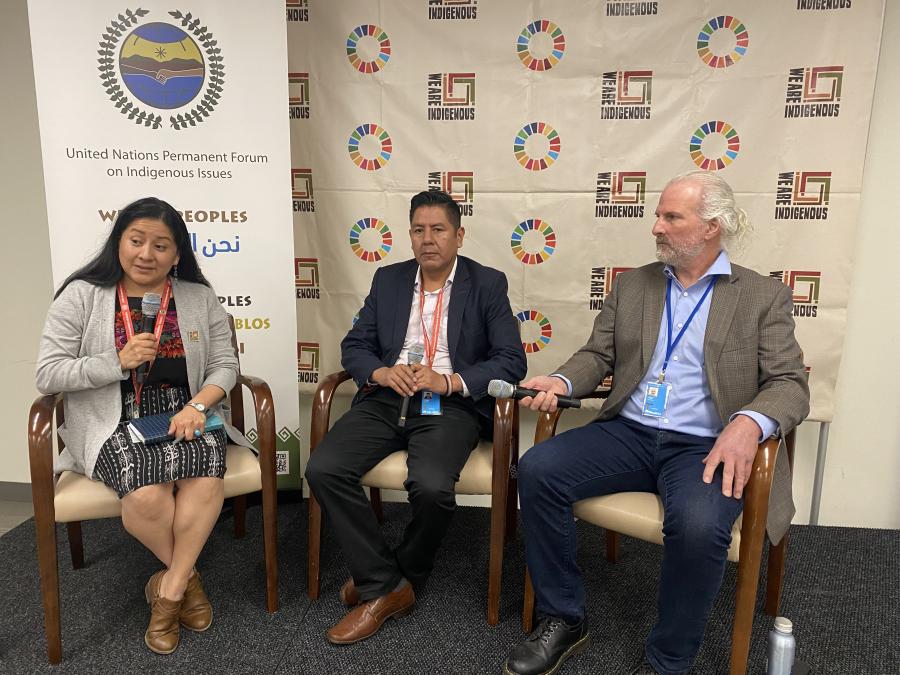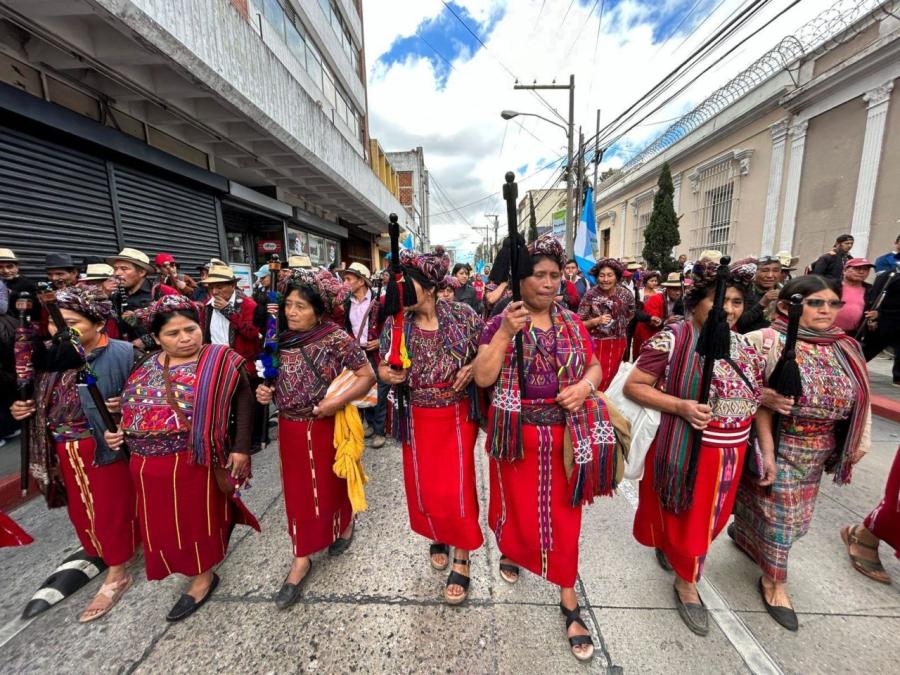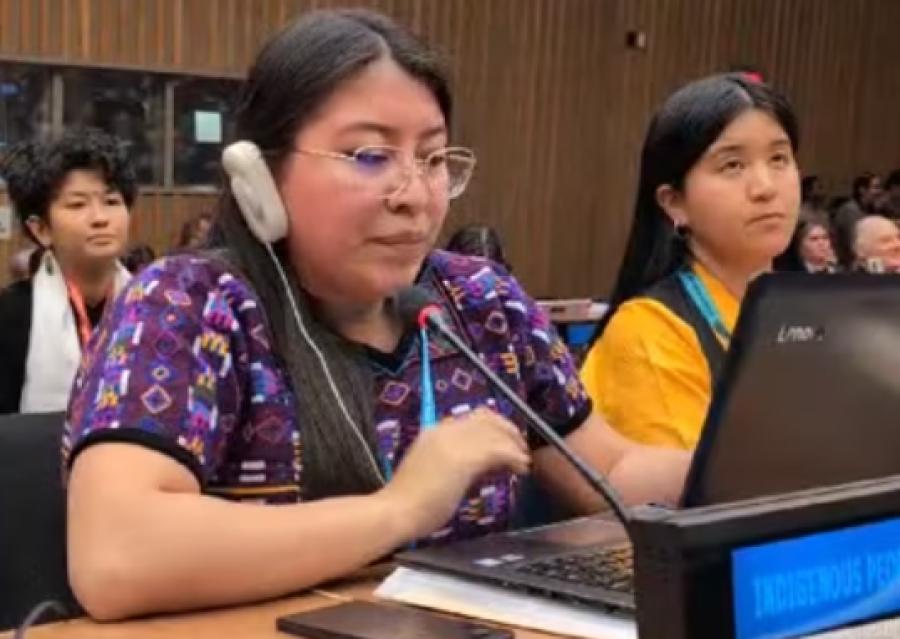In 1996, Peace Accords ended 36 years of civil war between a coalition of four rebel organizations and the Guatemala army and government. According to the United Nations Truth Commission, more than 200,000 civilians were killed during the conflict; 93 percent died at the hands of the military and related security forces. More than 40,000 people were "disappeared"; their whereabouts are still unknown.
The height of the violence occurred between 1979 and 1984, when the military carried out what was termed a "scorched earth policy" in northern and northwestern areas of the country. It targeted mostly rural indigenous populations in its effort to eliminate potential civilian support for the guerrillas. By the army's own account, more than 450 villages were completely wiped out. Massacres of women, children, and the elderly occurred on a regular basis. Of those who survived, well over 200,000 fled the country, while 1 million were displaced internally. Of Guatemala's 22 provinces, Quiché was the hardest hit by the violence.
Since 1993 there has been a growing movement to acknowledge and come to grips with what happened: to search for the disappeared, carry out exhumations, promote truth and reconciliation, and bring charges against those responsible for the atrocities.
I took some of these photographs between May 2000 and July 2001, when I spent six months as the staff photographer for the Forensic Anthropology Team of the Office of Peace and Reconciliation of the Quiché Catholic Diocese in Guatemala. My team was one of four doing exhumations in Guatemala at the time, and worked exclusively in the large municipality of Nebaj, home to Maya indigenous people of both the Ixil and Quiché language groups. The Communities of Population in Resistance (CPRs) were born out of the violent repression directed against the civilian population by the Guatemalan army in the early 1980s. Many people fled to remote mountain and jungle areas, where they formed highly organized, self-governing communities that silently resisted death and army control, remaining in hiding until the mid-1990s. They were accused by the government of being guerrillas, and were hunted by the army. Susana, Hugo, and Juanito (above right) were all born in hiding in the jungle.
Gabriel (right) once lived and worked on a cooperative in the province of Chimaltenango. In early 1982 the army indiscriminately massacred residents there. Gabriel and some other men escaped and hid in the nearby hills. They returned to the community several days later and found the corpses of family members eaten by dogs and the decapitated bodies of small children. Gabriel left for the Petén, a distant and sparsely populated province where he settled in the recently established cooperative community of Las Josefinas. Within two weeks the army came again. Gabriel and others fled into the surrounding jungle, where they hid for years, sometimes with no shelter, sometimes with only wild leaves and nuts to eat. Eventually they organized the CPR of the Petén.
Only in the past five years have people returned to their communities of origin, or moved to other areas of permanent resettlement. The school lesson written on a classroom chalkboard (below right) states: “Today is Monday the 15th of November of 1993. In order to develop we must have good food, so that the family is healthy. The CPR of the Sierra produces and all that it produces it feeds itself with. It is a necessity that all of the workers unite ourselves, to struggle for our rights as indigenous and as Guatemalans. For this reason the CPR struggles against all the injustice now lived by indigenous Guatemalans.”
The first permanent homes were only recently built. A group of friends and neighbors in the CPR of the Ixcán came together in 2000 (below center) to bulid one of that community’s first permanent houses.
The principal objective of the exhumations is to return the remains to the surviving family members so that they can bury them in a cemetery with a proper ceremony and a traditional mourning process. It is also to have a record of what happened, to preserve the "historical memory," to literally uncover the truth. The exhumations allow the survivors to begin healing and to bring some minimal amount of closure to the repression and genocide of the past. The work is done in such a way that if family members choose to, they can bring charges against those responsible for these crimes. Some of the photographs are taken as evidence. All of the remains are taken to the forensic team's lab to be cleaned, reconstructed, and photographed. A lengthy report is then written and the remains are finally returned to the families for reburial.



